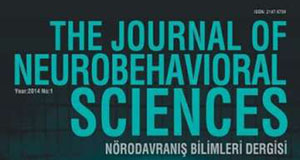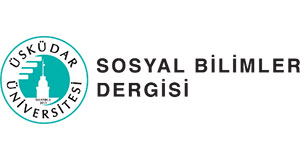
Wavelet theory is a widely used feature extraction method for raw electroencephalogram (EEG) signal processing. The nature of the EEG signal is non-stationary, therefore applying wavelet transform on EEG signals is a valuable process for extraction promising features. On the other hand, determining the proper wavelet family is a challenging step to get the best fitted features for high classification accuracy. In this paper, therefore, we focused on a comparative study of different Discrete Wavelet Transform (DWT) methods to find the most convenient wavelet function of wavelet families for a non-stationary EEG signal analysis to be used to classify mental tasks. For the classification process, four different mental tasks were selected to and we grouped each with another one to set dual tasked sets including all possible combinations. Feature extraction steps are performed using wavelet functions haar, coiflets (order 1), biorthogonal (order 6.8), reverse biorthogonal (order 6.8), daubechies (order 2) and, daubechies (order 4). Later, a specific feature reduction formula is applied to the extracted feature vector. Generated feature vector is then split into train and test data before the classification. Artificial neural network was used for classification of the extracted feature sets. From the result of the repeated analysis for each DWT methods, Coiflets performed relatively better compared to other wavelet families.




